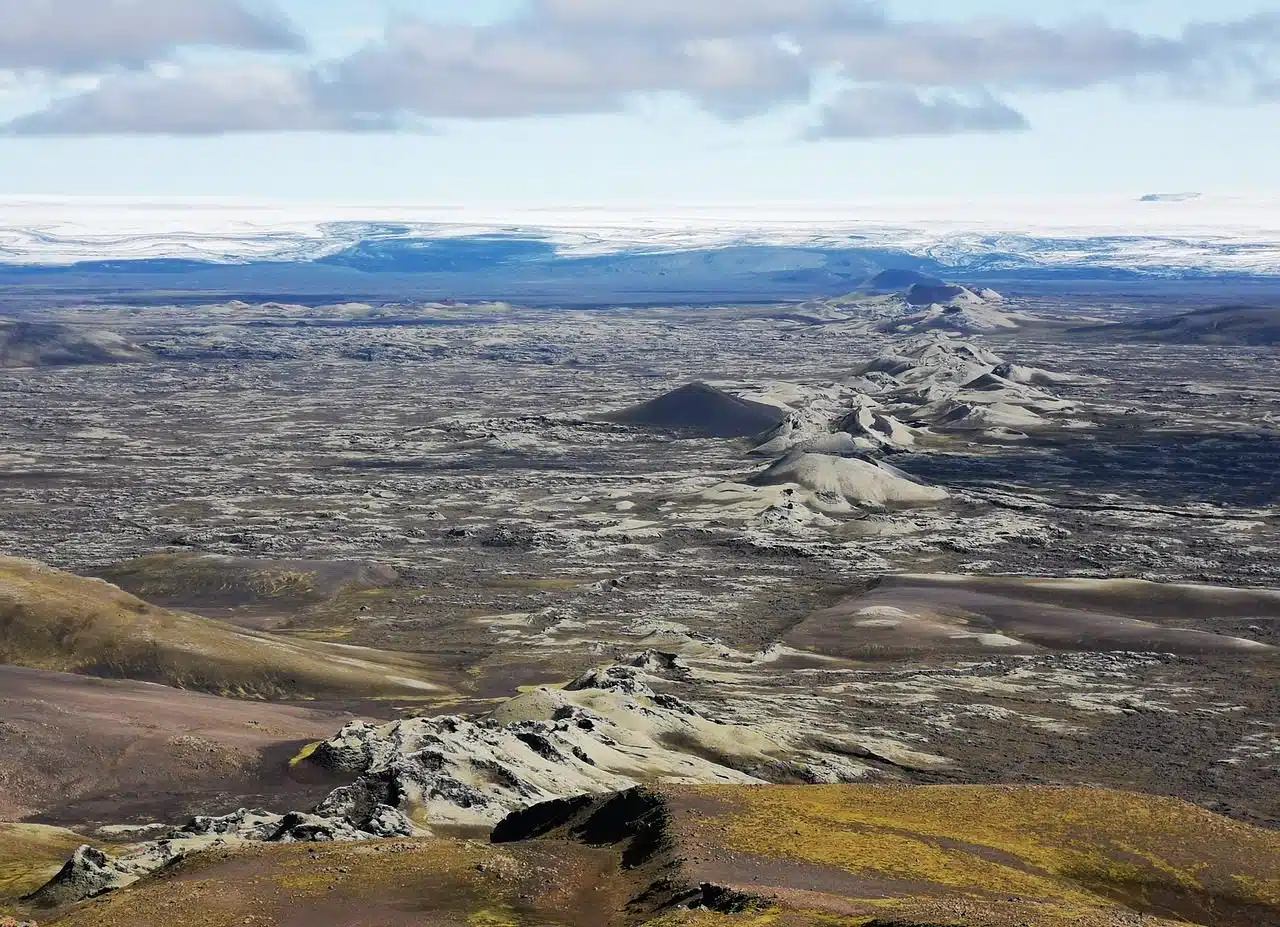
Tectonic plates are segments of lithosphere.
Tectonic plates are the segments of the lithosphere that move over the planet 's upper mantle. The lithosphere, in turn, is the Earth's surface layer whose most important characteristic is rigidity.
In order to perfectly understand the concept, it is necessary, first of all, to determine the etymological origin of the two words that give it shape:
- Plaque emanates from the French plaque , which is used to refer to something flat and thin that is placed on a thing.
- Tectonics , for its part, derives from the Greek tektonikos , a word that is made up of two clearly differentiated elements: tecton , which is synonymous with "worker" , and the suffix -ikos , which is used to indicate "relative to" .
A plate can be some kind of table or plate that performs certain functions or is used to display information. Tectonic , for its part, is an adjective that, in the field of geology , is used to describe what is linked to the structure of the Earth's crust.
Importance of tectonic plates
The lithosphere, in short, is made up of various tectonic plates that move and interact. In the collision regions of the tectonic plates, telluric, volcanic and seismic activity develops, promoting the development of elevations.
It is also important to know that precisely these plates and the movements they make give rise to the creation of various types of limits:
- Divergent boundaries , which is where plates move away from each other. They can be found in enclaves such as the Great Rift Valley .
- Convergent boundaries , which are the areas where the plates join each other. Examples are found in the Mariana Trench in the North Pacific Ocean .
- Transforming boundaries , which are those spaces where the plates, in relation to each other, move sideways. In this case, the best example is the San Andreas Fault , known for the fact that these aforementioned limits gave rise to the well-known earthquake that affected the city of San Francisco in 1906 .

The collision of tectonic plates causes the formation of elevations in the Earth's relief .
Other information of interest
The theory linked to the origin and characteristics of tectonic plates was consolidated starting in the 1960s . Scientific evidence maintains that our planet is currently the only one in the Solar System that has active tectonic plates, but it is believed that, in ancient times, Venus and Mars also had plates of this type.
The most important tectonic plates on Earth are the Eurasian Plate , the North American Plate , the South American Plate , the African Plate , the Pacific Plate , the Indo-Australian Plate , and the Antarctic Plate . There are also secondary plates , microplates and other types of plates.
The plates, on the other hand, can be classified according to the type of crust they have. A distinction can be made between continental crust (which has an average thickness of thirty-five kilometers) and oceanic crust (whose thickness does not exceed ten kilometers).
